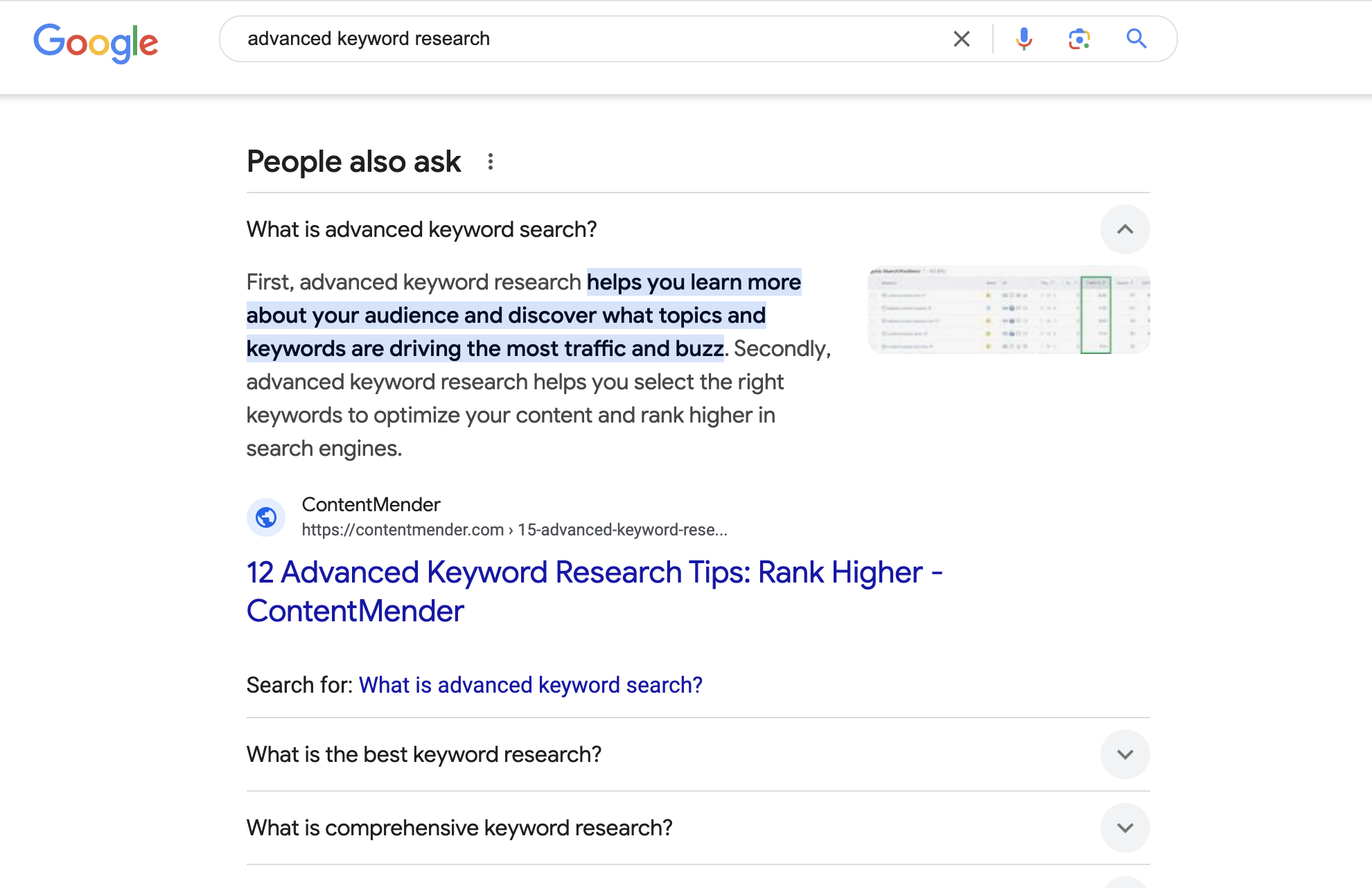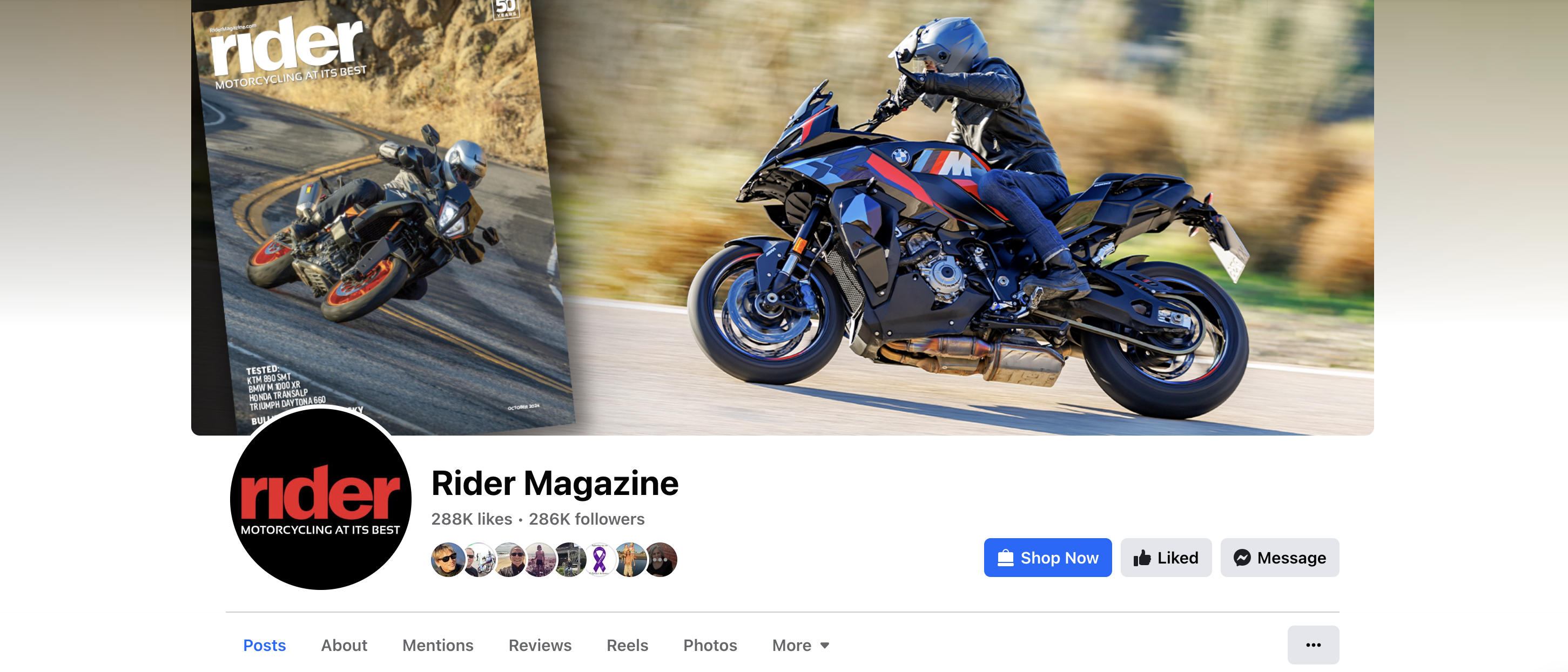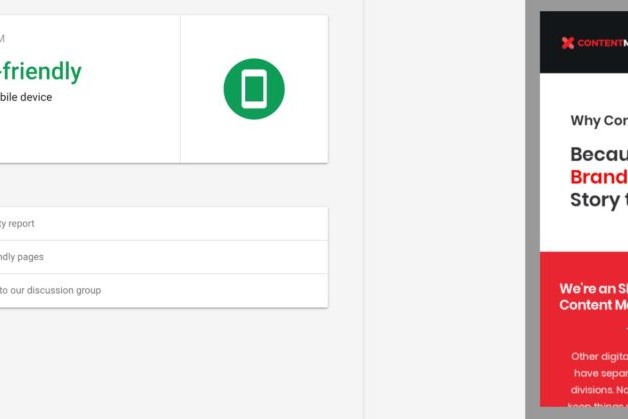Congrats! You are one of the few who are serious about building your brand through blogging.
You’ve put the time and energy into it, but the traffic is not there, and the question keeps nagging you: “How can I promote my blog and get people to actually read it?”
You’re not alone. Attracting readers is more challenging for many than creating good content itself.
Learning how to promote your blog can be a game-changer if you want to become a thought leader in your niche, grow your business, or share your passion.
There’s no magic button to instant blog success. But, by strategically combining tried and true methods, you’ll have a steady stream of eager readers clicking their way to your posts.
So, ready to boost those blog views? Here’s what to focus on.
Optimizing Your Content for Search Engine Optimization
The first place most people turn to for information is Google and other search engines. Since these search engines don’t create their own content, they have to fill their results with other people’s content. This is where you come in.
By optimizing your content for proper keywords, user answers, and quality, you can make it much more likely that your website will come up on the first page of Google’s results–in addition to several other strategies.
However, Google results are more than just the organic blue links we conventionally think of. Google has evolved to include several avenues for rankings, including the AI Search box, a featured snippet, or People Also Ask.
 With that said, there are a few essentials of SEO-driven content marketing to increase readers and leads from your blogs.
With that said, there are a few essentials of SEO-driven content marketing to increase readers and leads from your blogs.
Keyword Research
Keywords are the words and phrases your target customer is typing into Google. Start with free keyword research tools like Google Ads, though we suggest investing in high-level tools like SEMrush or Ahrefs for advanced keyword research. The latter provides valuable content analysis, which can help you optimize other aspects of your page for SEO.
Ideally, new blogs must compete with less competitive, longer keywords with smaller search volumes. While not as lucrative long-term, consider these keywords a nice you need to target to get your foot in the door. For example, instead of targeting keywords like “blogging,” you’d aim for longer keywords with less volume, like “How can I promote my blog for free?”
The more specific your keywords, the less competition you’ll have. This gives you a better chance of ranking high. Plus, you’ll attract a more interested reader.
On-Page SEO
Think of on-page SEO as dressing your blog for success, including everything from proper header tag usage to optimized images and internal links.
Once you have your target and related keywords, incorporate them naturally into your content. Don’t keyword stuff, and shove them everywhere! Make them part of a story that engages the reader—it’s all about creating a harmonious experience. Use the target keyword in titles and meta descriptions, and both target and related within headers, image captions, and naturally throughout your content.
But there’s more. Engaging content keeps readers on your page, signaling to Google that your blog is worth their time. Images should be sized properly and include relevant alt text with proper keywords to help with accessibility and visibility.
Internal links to other relevant posts on your site create a network of valuable information. This also improves user experience. And don’t forget external links—these send signals that you want to provide the most valuable information for readers.
Technical SEO
The behind-the-scenes performance also counts. I won’t get too deep here because we have loads of technical SEO content, but here are a few:
- Optimize Page Speed: Optimize images, reduce code bloat, and utilize browser caching to ensure fast loading times.
- Implement Proper URL Structure: Use clean, keyword-rich, and readable URLs that are easy for both users and search engines to understand.
- Optimize for Mobile: Make sure your website is mobile-friendly and responsive, as search engines prioritize mobile-first indexing.
- Use Structured Data Markup: Implement schema markup to help search engines better understand your content and improve rich snippets in search results.
- Fix Crawl Errors: Regularly check for and resolve 404 errors, broken links, and redirect issues to ensure search engines can efficiently crawl your site.
By optimizing just these aspects of your technical SEO, you’ll create a seamless and enjoyable browsing experience, enhancing your blog’s visibility and appeal.
Beyond Google: Tapping Into Social Power
While Google can bring tons of readers to your blog, remember the world of social media. This is where you connect directly with your target audience and amplify your message. Not only does this help influence and educate your audience, but the added traffic helps your overall SEO efforts.
Here, you can engage in conversations and spark viral sharing. This direct engagement fosters a sense of community and encourages readers to become active participants in your blog’s growth.
Facebook, Instagram, X
Think of different social media platforms like different party vibes. Figure out where your target audience hangs out, and adjust your approach accordingly.
Crafting attention-grabbing posts with compelling visuals is key for platforms like Facebook and Instagram. You could create custom images with relevant quotes. Try sharing sneak peeks into your content with a tempting CTA to read more, and use those precious hashtags wisely. And never forget to share with others leading your industry—the more value you can add, the better!
 Reddit, LinkedIn, Medium
Reddit, LinkedIn, Medium
Communities like Reddit offer goldmines for targeting specific niche interests through Subreddits. Whether that’s DIY projects, rare vinyl collections, or obscure 18th-century French poetry, there’s a Subreddit for everything.
On platforms like Medium and LinkedIn, share thoughtfully crafted excerpts or thought-provoking insights. You can include links to your blog for a more in-depth read. Again, share what you think is valuable, and ensure you tag the creator(s).
In particular, LinkedIn is such a massive platform for professionals and businesses. ContentMender offers LinkedIn professional writing services just to help businesses expand their network and acquire high-level leads on that platform.
Pinterest thrives on visual content that stays relevant for months, even years. This makes it a perfect spot to promote content with stunning imagery. Think infographic stats from a research-heavy blog post, visually illustrated how-to steps, or showcasing recipes with mouthwatering photos linked back to your detailed blog recipes. Pinterest marketing allows for long-term visibility and drives traffic to your blog over time.
Think about social media promotion as nurturing friendships. Share valuable content, participate in discussions, and build those relationships organically. Genuine, low-fi content can often perform better than overly-produced efforts.
The Unsung Hero: Email Marketing
Many still think this channel is dead, or say things like “Isn’t email marketing a little old school?” You know how much I talk about sustainable and long-term strategies? This one fits right in. Email marketing isn’t going anywhere. This is despite the shiny distractions of social media, as email usage is steadily on the rise.
Newsletters
A well-crafted newsletter delivers fresh content directly to engaged readers. Think of it like inviting your closest friends to a virtual gathering. They trust you to share things that will spark their interest. Think of valuable tips, in-depth discussions, and special offers. Include things you know your subscribers will open, read, and enjoy.
To easily create those engaging email campaigns, leverage pre-built templates found within email marketing platforms. These templates simplify the design process and allow you to focus on crafting compelling content. To entice readers to subscribe, create irresistible “lead magnets.”
These can be ebooks or checklists linked from your blog posts. This tactic was used successfully with WPBeginner’s Birthday Giveaway, resulting in more than 36,000 entries.
Automation
This is where marketing gets exciting. Welcome new subscribers with a warm hello, send them curated links to some of your best blog posts, and even create personalized sequences. You can base this on their interests or where they came from.
Using inexpensive email software with automated workflows or rules-based sequences will save you hours of work. Often, these features can be accessed through the free versions offered by most providers. Just remember, respect people’s time.
Only send valuable, interesting emails to avoid winding up in their spam folder. They signed up because they found something in your content that resonated with them, so deliver on that expectation.
Also, take a note from Alan Dibs and add a “super signature” to your newsletter. By including one at the end of your emails, you can offer your audience valuable next steps, such as accessing free resources, scheduling a call, or reading your latest content. It’s a subtle yet effective way to provide ongoing value and keep your audience engaged without a hard sell, all while promoting your brand and services.
Here’s a quick example:
P.S. Whenever you’re ready, here are 3 ways I can help you grow your business:
- Grab my free eBook on SEO strategies to boost your traffic – it’s packed with actionable insights.
- Join my next live workshop on content marketing to learn how to create content that converts.
- Schedule a free 15-minute consultation to discuss your digital marketing strategy and see how we can work together.
Building Engagement and Networking
You have awesome blog content and are mastering social media and emails—but now what? It’s time to step outside your blog’s comfort zone and actively engage with readers and your wider community. This is where blog promotion takes on a human, social touch that makes people want to come back for more.
By fostering these connections, you create a loyal readership eager to follow your journey.
Engaging Comment Sections
It seems so basic, but you know how I mentioned community before? Comment sections on blog posts (and your social media posts) are like mini-gathering spots for lively discussions. Reply thoughtfully, offer further insights, and treat your readers like VIP guests.
Your responsiveness and genuine interaction can build a loyal following. For example, don’t be afraid to offer additional links or tips as part of these conversations. Consider using phrases like, “How can I promote my blog posts?”
By engaging on other blogs, you contribute to the discussion and get yourself in front of new readers. This strategy helped me land guest blogging and podcast opportunities without having to aggressively promote my work. You can also find interview opportunities or write on other sites.
Collaborating with Other Professionals
Teaming up with other bloggers on industry studies, engaging infographic visuals, or in-depth guest posts can amplify your messages and expand your audience’s reach. These collaborations create win-win scenarios.
A data-rich study gives your content depth. The partnering blog benefits from being in front of a fresh audience.
Reaching Out to Influencers
I get it, reaching out to “influencers” might sound intimidating. Instead of a cold pitch for sharing your latest post, focus on building genuine connections. Share their work that you admire, add their insights to your own posts with backlinks, and start a friendly conversation. If the opportunity feels organic, suggest a collaboration.
Authenticity over blatant self-promotion wins here. Building a genuine rapport can lead to mutually beneficial partnerships, expanding your reach and credibility within your niche.
The Blog Post Buffet: Experimenting With Formats
Don’t get stuck in a content rut, especially if you’re only posting a simple list every time. There are so many other blog post types out there. A thought-provoking comparison of different blogging platforms is a great example.
Another is an insider’s look into how to promote a blog using real-life case studies with verifiable results. This variety can expand your appeal to readers while flexing your creative muscles. It allows you to showcase your expertise in different formats and cater to different learning styles.
Guest Blogging
Expanding beyond the digital walls of your own blog through guest blogging for other publications opens up new audiences, establishes authority, and gives your website a nice SEO boost. The link back to your site acts like a sign, helping readers reach your world. It’s like leaving a trail of breadcrumbs leading back to your digital doorstep.
I personally write for Search Engine Journal and Search Engine Land, along with others like Entrepreneur, to not only help educate on SEO, content marketing, leadership, and productivity tactics, but also drive quality traffic to ContentMender.
Content Repurposing
Do you have a killer blog post packed with information? Transform those insights into a sleek YouTube video tutorial. Adapt those delicious recipe blogs for the snappy TikTok world with engaging food styling.
Turn those in-depth analysis pieces into a shareable podcast with a warm conversational style, just as web consultant Gill Andrews shares insights on copywriting in this Marketing Study Lab podcast. The possibilities are endless.
Real-Life Connections
If public speaking excites you, promote your blog with in-person engagement by adding your website and social links to presentation slides. If you’re attending a conference or networking event, get your hands on some old-school business cards. But instead of your home address, have your blog link proudly displayed as your online “home.”
Embrace opportunities to answer reporter questions. You can do this especially when leveraging the Connectivity, formerly HARO (Help A Reporter Out), platform. These platforms, which ContentMender also uses for PR and link building, connect journalists with sources, providing you with a chance to share your expertise and gain valuable exposure for your blog. It’s like having a direct line to media outlets hungry for insightful perspectives.
Promoting your blog doesn’t have to be overwhelming. Start with the basics, find what grooves with you (and your audience), and watch the engagement begin. Just as most musicians promote new releases, most successful entrepreneurs create content with the right people in mind. They understand how to connect to that audience with the help of online and offline marketing. This understanding allows them to effectively reach their target audience and build a thriving community around their work.
Learning how to promote your blog requires a multi-faceted approach. You must master the world of SEO, tap into social power, harness email’s strengths, actively engage with communities, and experiment with different post types.
Often, natural-feeling, simple content does even better at engaging people. This is exactly the type of content I advocate for on my blog, so I feel like we’re going to make a great team.
How can I promote my blog? Ultimately, this takes consistent effort, but it is also something that can pay off over the long term. So put these tactics into practice and see those readership numbers grow.
FAQs
How do you get 1,000 views on a blog?
This depends heavily on how much effort you put into getting there, whether that be using social media promotion, guest blogging for external websites, or building an engaged email list to alert people of your latest creations.
How do you get your blog noticed?
One word: Sharing. The quickest and easiest route is to get out there on social media. This will involve making connections in forums like Reddit, crafting eye-catching posts on platforms like Pinterest, and using targeted keywords on each site so the right readers find your blog posts.
How do I make my blog popular?
Popularity is this fleeting concept – a video might go viral one day and then get forgotten the next. You should aim for lasting traffic. The best approach for sustained traffic to your blog is through SEO. This means ranking on search engine result pages. Even if you create a post in 2024, if people still find your post after searching for their question, you can still get blog visits for months or even years to come.
How do I get more people on my blog?
By making irresistible “Calls to Action,” known as CTAs, within other content mediums, people can easily be attracted to your content. It could be sharing your insights in forums related to your content or creating helpful “lead magnets.” These can be free workbooks or templates within relevant emails. You can even put out compelling audio excerpts for podcasts related to your content topics. Make sure all this has a clear, enticing message and an easy way to find and access your blog—something that truly benefits people.



